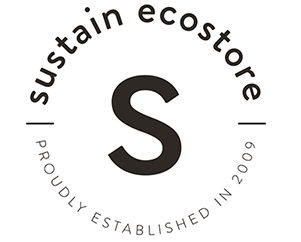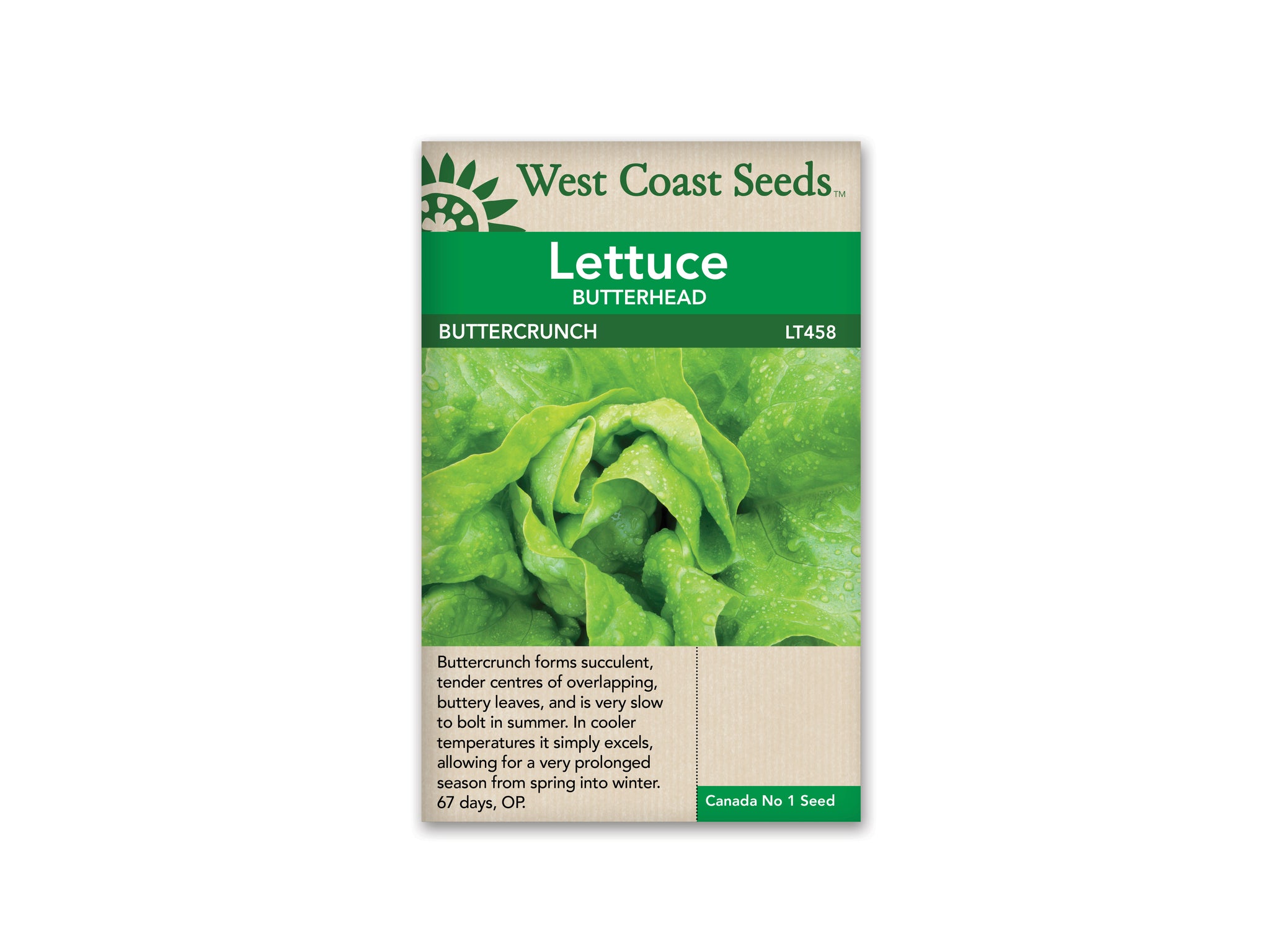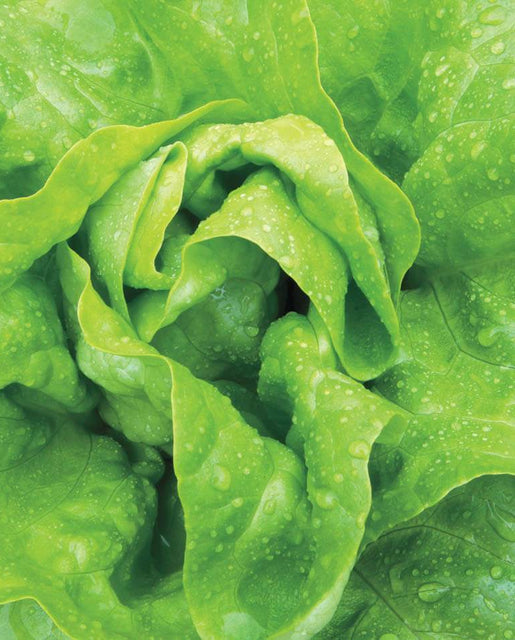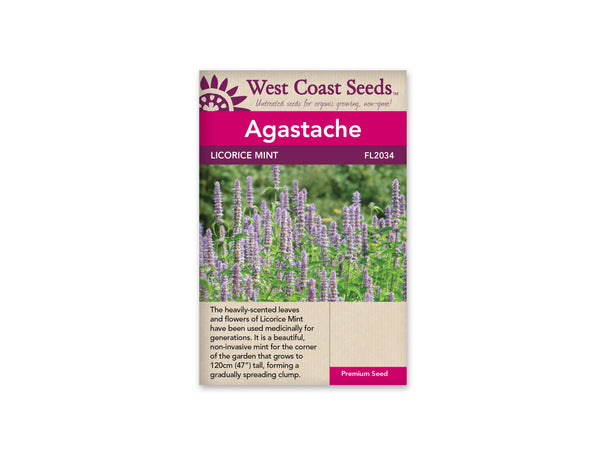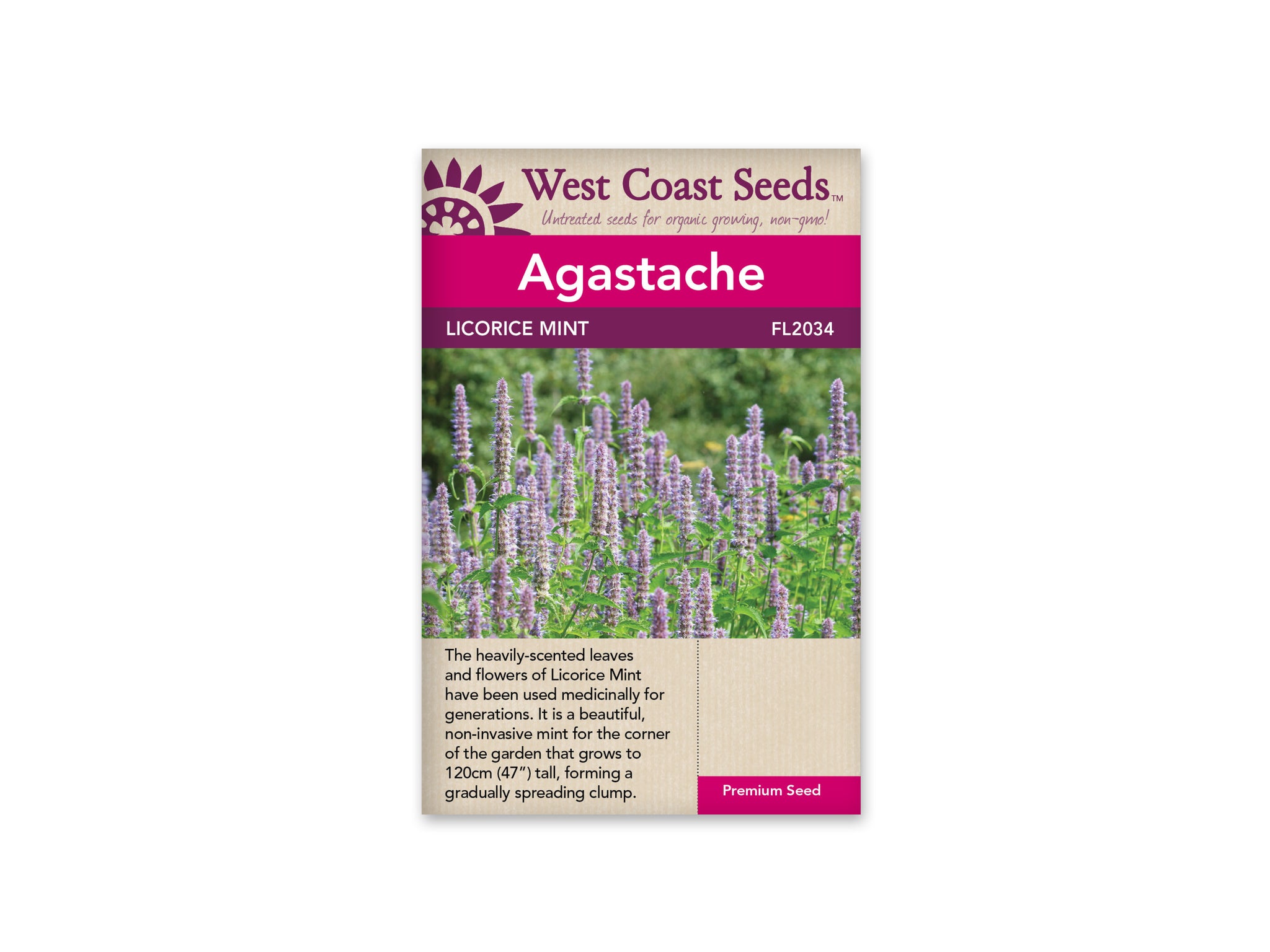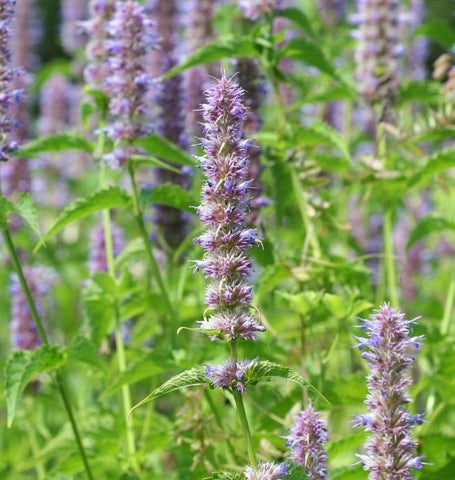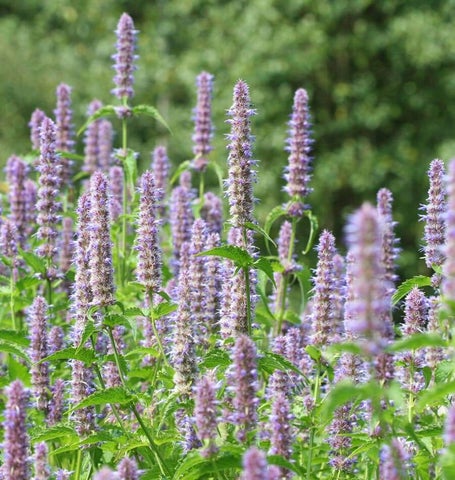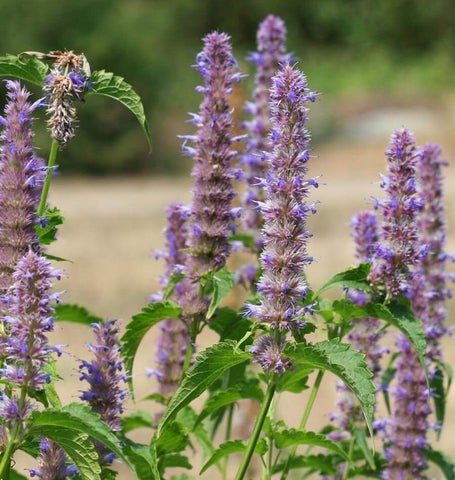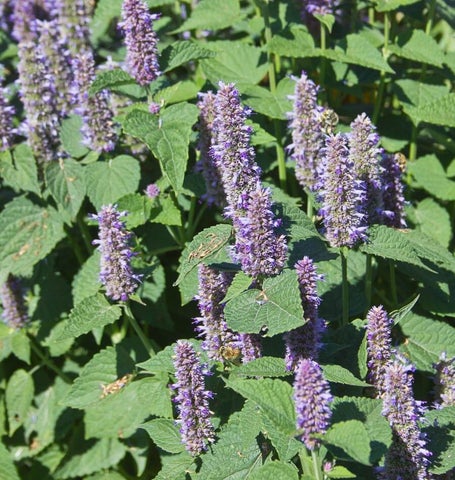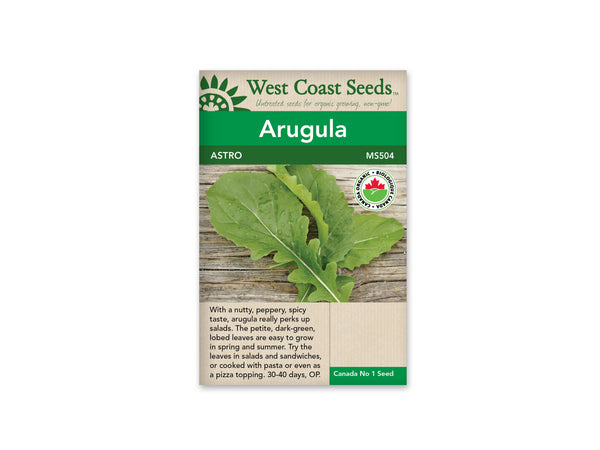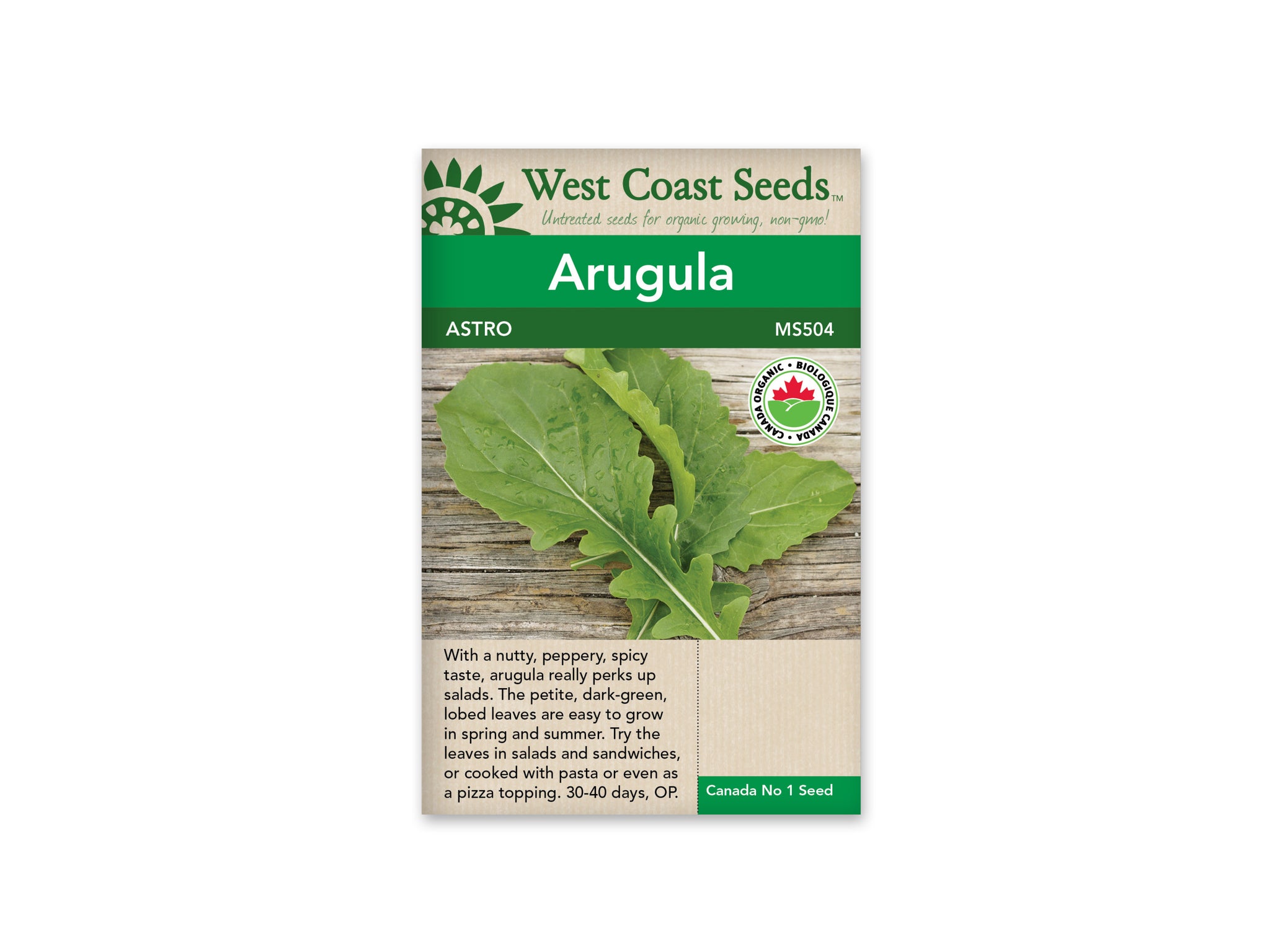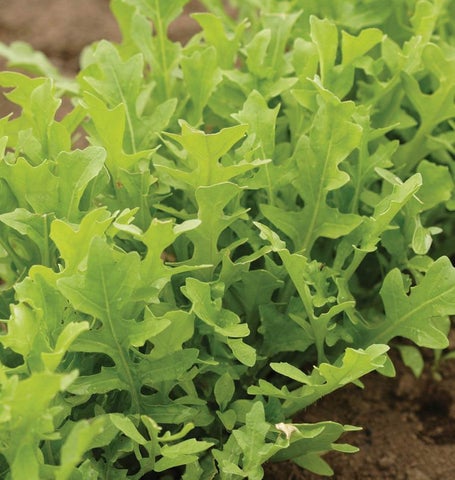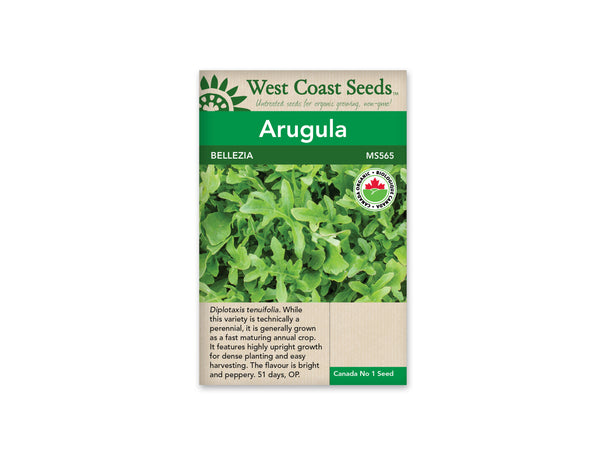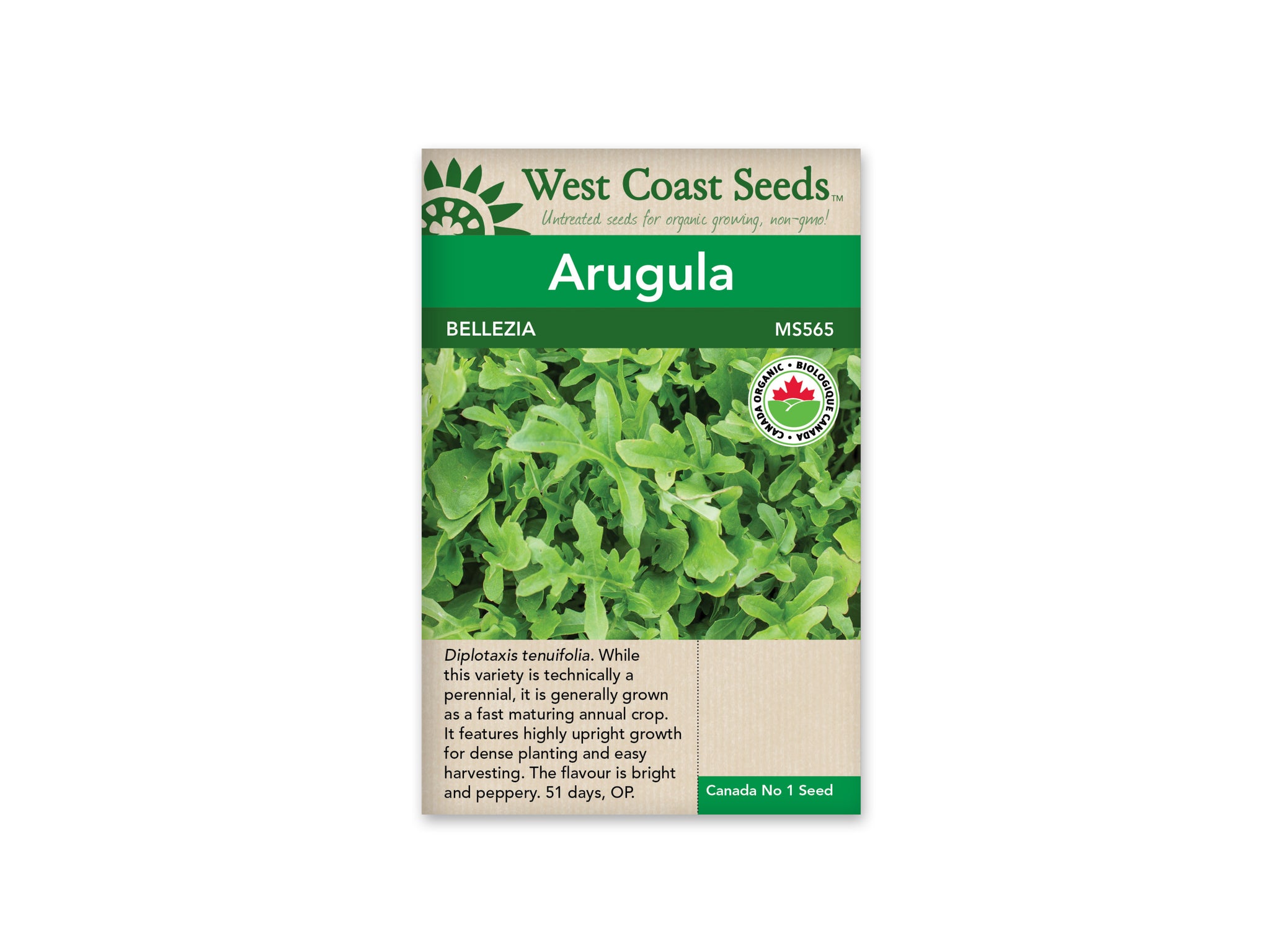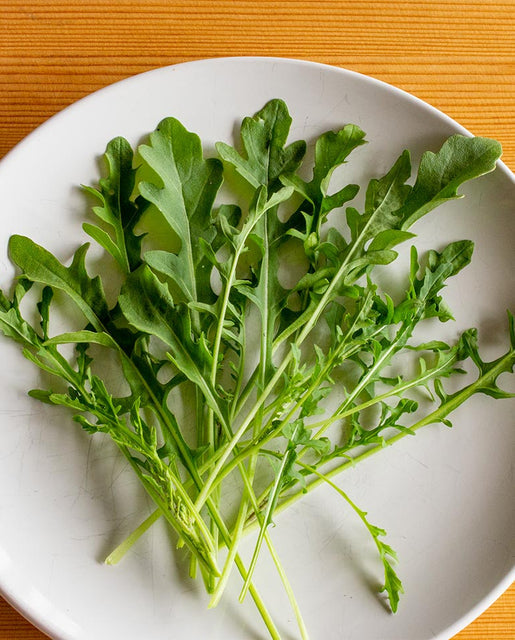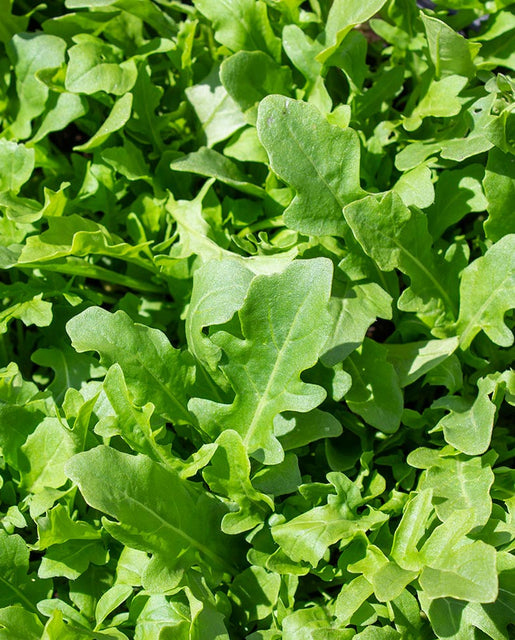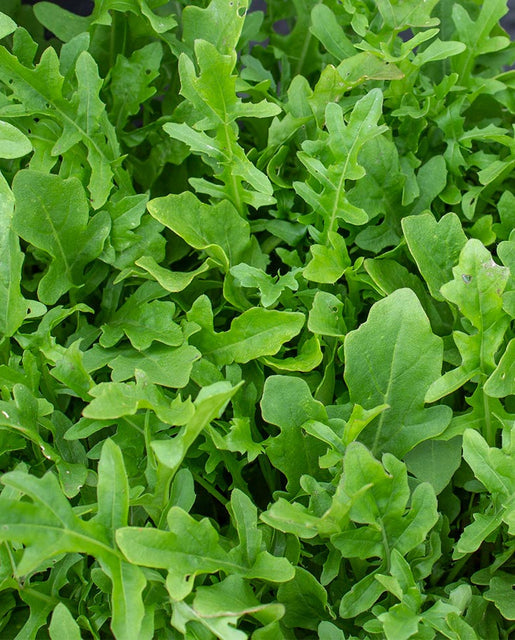Canadian Orders: Flat-Rate Shipping on Orders over $75 | Orders Over $150 Ship Free!
-
Shop
- New Arrivals
- Gardening
- Seeds
- Children + Baby
- Bath + Skin Care
- Baby Toys
- Books
- Puzzles + Games
- Loose Parts + Creative Play
- The Little Naturalist
- Play Chef
- Slings
- Apothecary
- Kids Lunches
- Accessories
- Sustainable Living
- Brushes / Brooms
- Food Storage
- Outdoors
- Coffee, Tea, Chocolate + Honey
- Coffee + Tea Accessories
- Water bottles + Travel Mugs
- Cookbooks
- Dishwashing
- Laundry
- Cleaners
- Accessories
- On The Go Essentials
- Self Care
- Face Care
- Body Care
- Hair Care
- Cosmetics
- Deodorant
- Toothpaste + Oral Care
- Sun Care
- Accessories
- Zero Waste Bathroom
- Soap
- Essential Oils
- For Men
- Books
- Apothecary + Natural Supplements
- Pet Care
- Shop Local
- Bulk
- In Store Pick Up
- Home Improvement
- Paint & Stain
- Discover
- Bulk Bar
Lettuce — Buttercrunch
Sold Out $3.89
We love the flavour and delicate texture of the leaves for lettuce wraps! Buttercrunch butterhead lettuce seeds are a Bibb type lettuce that forms a tight little rosette of soft, dark-green, upward-facing leaves surrounding a tender, pale centre. The small hearts don't become bitter in hot weather. Later plantings stand well into fall and make good growth in spring cold frames. Buttercrunch lettuce is a good candidate for growing all winter if you can provide cloche or greenhouse protection, or even a simple cold frame. Sow some extra early indoors in February for transplanting to the cold frame in March.
Matures in 67 days. (Open-pollinated seeds)
Quick Facts:
- Butterhead
- Soft dark green leaves surround tender heart
- Hearts do not become bitter in hot weather
- Open pollinated seeds
- Matures in 67 days
Size: 1g (approx. 1000 seeds)
How To Grow: Lettuce can be harvested from the garden from late spring to the late fall, and sometimes (given a bit of protection) all winter. The high protein chlorophyll in the dark-green leaves is highly nutritious. Salads are not complete without these leafy greens. Read more below on how to grow lettuce from seed.
Difficulty
Easy
Season & Zone
Season: Cool season
Exposure: Full sun to partial shade
Timing
Lettuce grows best in cool weather in the spring and fall, but it can be grown in the summer, and all winter long in milder regions. Sow short rows every 2-3 weeks following the last average frost date for a continual harvest. Using a cloche, cold frame, or greenhouse over mid-late summer plantings can extend the harvest period right into winter. Optimal soil temperature for germination: 10-22°C (50-72°F). Seeds should sprout in 7-15 days, depending on conditions. Lettuce seeds don’t sprout easily when the soil temperature is over 22°C (72°F) in summer. Get around this by sprouting them indoors in a cool area, or pre-sprout by sprinkling seeds on a damp paper towel and placing it in a plastic bag in the fridge for a few days. In hot weather most lettuce goes to seed rapidly, so have new plantings ready to go, and watch for "good resistance to bolting" in the product description.
Starting
Direct sow or start indoors and transplant. Sow seeds 5mm (¼”) deep, or on the surface of the soil where the soil can be kept evenly moist.. Space or thin heading lettuce to 30cm (12″) apart. Space or thin looseleaf varieties to 20-25cm (8-10″) apart. Space rows for all types 45-90cm (18-36″) apart. Babyleaf lettuce can be planted quite densely, as it is harvested at an immature size. Sowing babyleaf lettuce seeds closely together in narrow rows makes harvesting simpler.
Days to Maturity: From direct sowing. Most varieties will be ready for harvesting as baby leaves in half the days shown on the packet.
Growing
Ideal pH: 6.0-6.5. Aim for a soil with ample drainage and lots of organic matter. Add compost and lime at least 3 weeks prior to planting. One cup of balanced organic fertilizer per 3m (10′) of row will give adequate nutrition. Seedlings should be hardened off by reducing water and putting the plants outdoors 2 or 3 days before transplanting. This will help to prevent transplant shock and premature bolting. Regular watering is essential to prevent leaves from developing a bitter taste.
Harvest
Pick individual leaves or wait and harvest full heads. Mature summer lettuce stays in prime eating condition only a short time, so harvest promptly and keep planting. In fall and winter the plants stay in good harvest condition longer.
Seed Info
In optimal growing conditions at least 70% of seeds will germinate. Usual seed life: 3 years. Per 100′ row: 240 seeds head lettuce/1.2M seeds leaf type, per acre: 58M seeds head lettuce/348M leaf type.
Diseases & Pests
Crop rotation is important for disease prevention. Tip burn (tips of leaves turning brown) is caused by a calcium deficiency. If you have limed, tip burn can be caused by nutrient imbalances or lack of moisture. Slugs are a problem in early and late plantings, so clean up their hiding places, and only water in the morning.
Companion Planting
Lettuce plants make good companions for beets, Brassicas, carrot, celery, chervil, cucumbers, dill, garlic, onions, radish, spinach, squash, and strawberries.
Related Items
Agastache — Licorice Mint
Sold Out $3.49
Agastache foeniculum. With heavily licorice-scented leaves and tall spikes of edible lavender flowers, Licorice Mint has been used medicinally for generations. It also happens to...
View full product detailsArugula — Astro Organic
Sold Out $3.99
CERTIFIED ORGANIC! Astro organic arugula seeds produce a plant with leaves that are less lobed and more strap-like. It has a milder flavour than regular...
View full product detailsArugula, Wild — Selvatica Heirloom Organic
Sold Out $3.69
CERTIFIED ORGANIC! Diplotaxis tenuifolia. While technically this variety is a perennial, growers and home gardeners will probably prefer growing it as a fast maturing annual crop. Bellezia...
View full product detailsSign up to get the latest on sales, new releases and more…
© 2025 Sustain.
Ecommerce Software by Shopify
